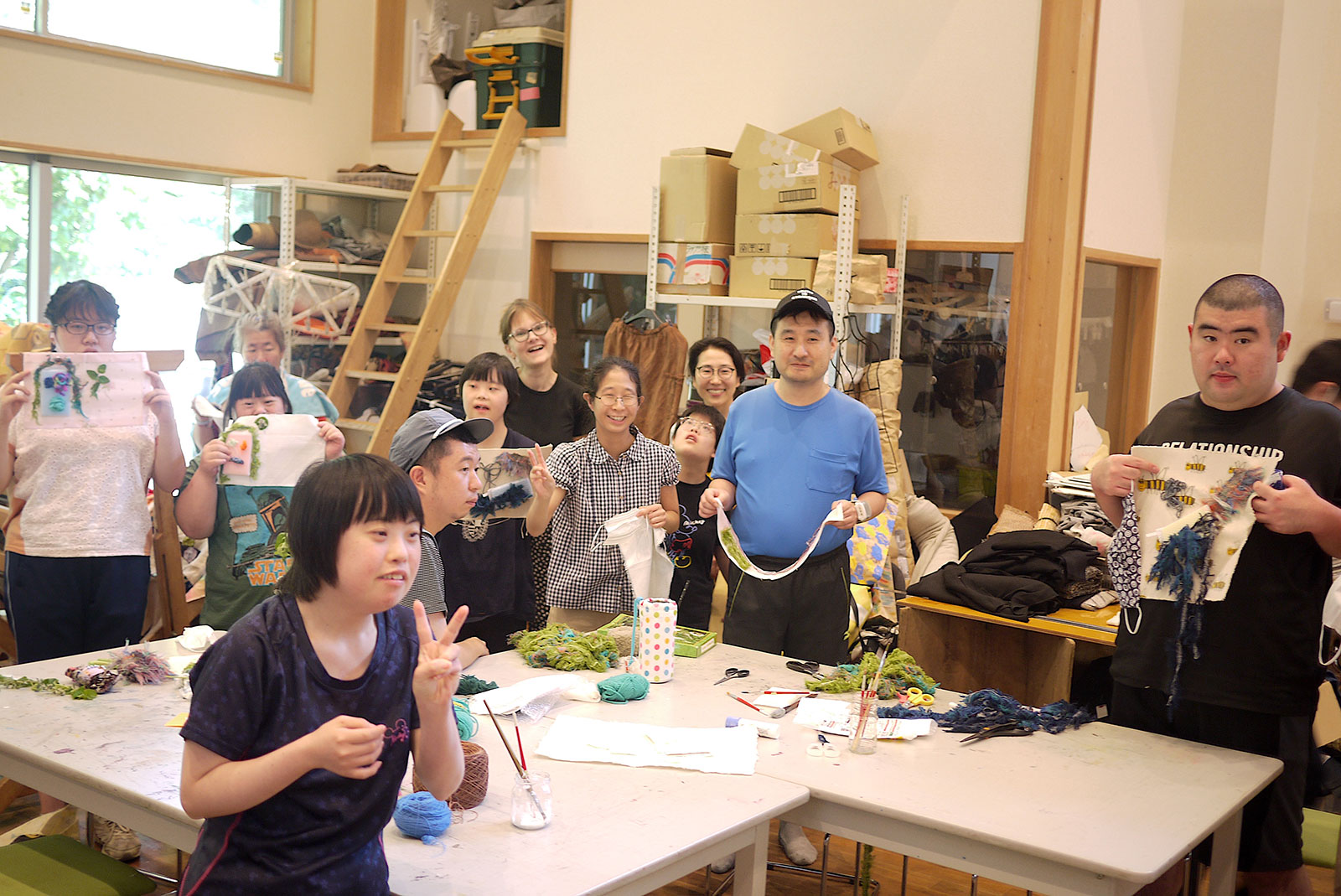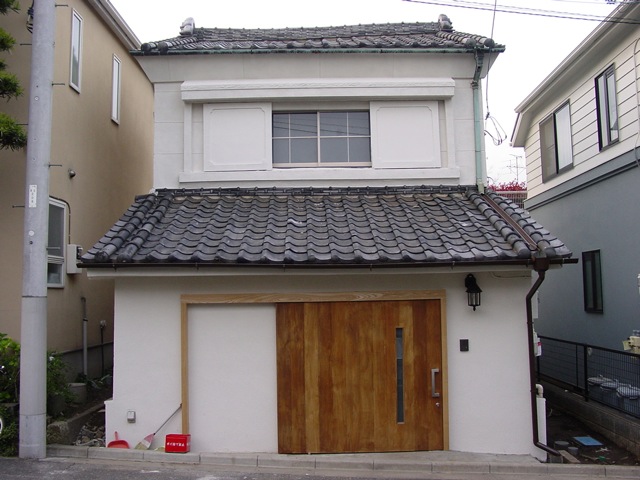
Rika Fujii(AIT)
Anastasia Artemeva is a visual artist based in Helsinki, Finland. Artemeva works in the genres of installation, photography and textiles. Artemeva holds a BA in Sculpture and Combined Media from Limerick School of Art and Design (Ireland) and an MA in Fine Arts from Aalto University (Finland), where she studied environmental art. She is a trained diversity advisor working to promote equity and support multiculturalism in the arts . Domesticity and labor, isolation and confinement are the topics of her research. Architecture and the natural environment are explored using process-based art techniques such as slow stitching and drawing. She has a fascination with sewing it as it can be both the most enjoyable creative activity, and well as used as punishment and means of slavery – in prisons and sweatshops. This potential violence of an ordinary recreational process in a shared environment is the key concept of her current artistic practice.
During the residency I intended to further develop my textile book project, where I use fabrics as materials for sketching. I aimed to research the former and current sites of incarceration in and around Tokyo. In this residency I wanted to focus on the local geography and research the textile industry and traditions of Japan. Working directly with the public via open workshops has been a large part of my practice and I had intended to apply these community art techniques in institutions in Tokyo.
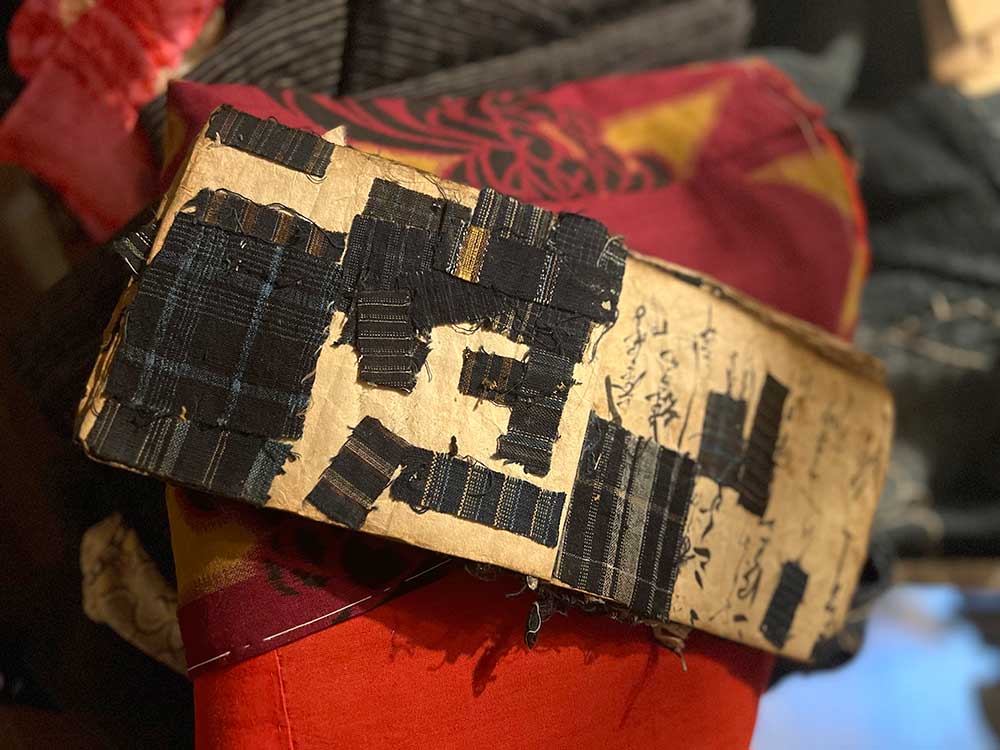
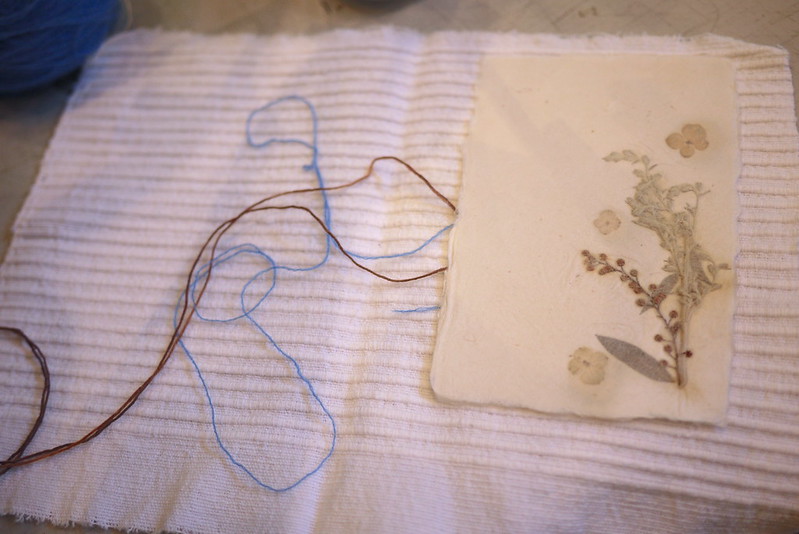
The plan had been adjusted in some ways, as I was invited to participate in the dear Me project by Arts Initiative Tokyo. A project which focuses on play, and learning through art, with the goal of creating a society where all children are encouraged to build their hopes and dreams. I am grateful for the experience to visit and hold workshops in “atelier A” – a community of artists who organise art meets for families. We used seascapes as an inspiration to create textile sculptures.
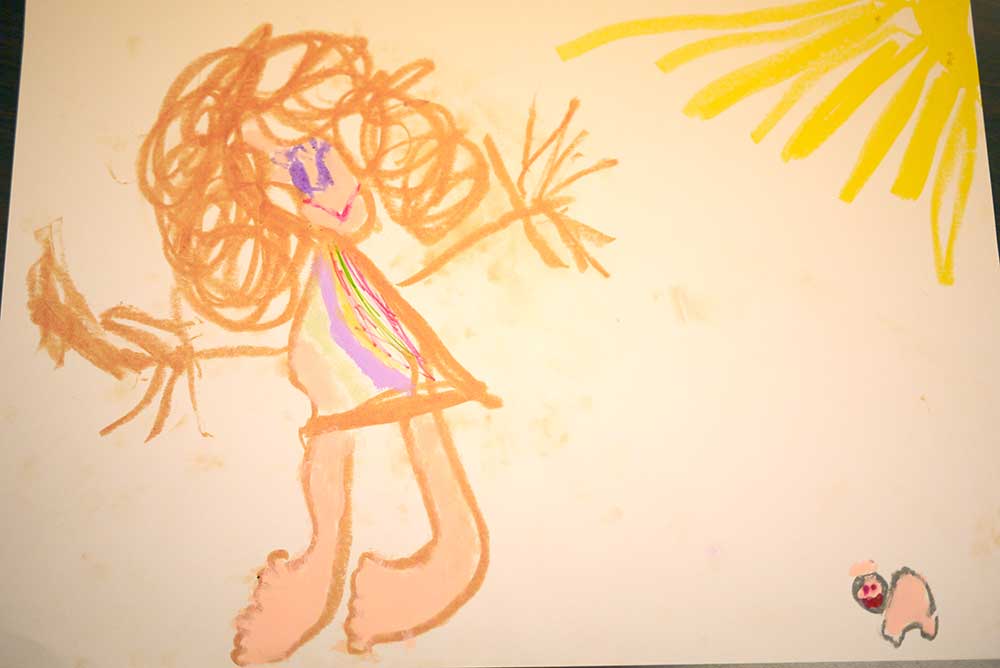
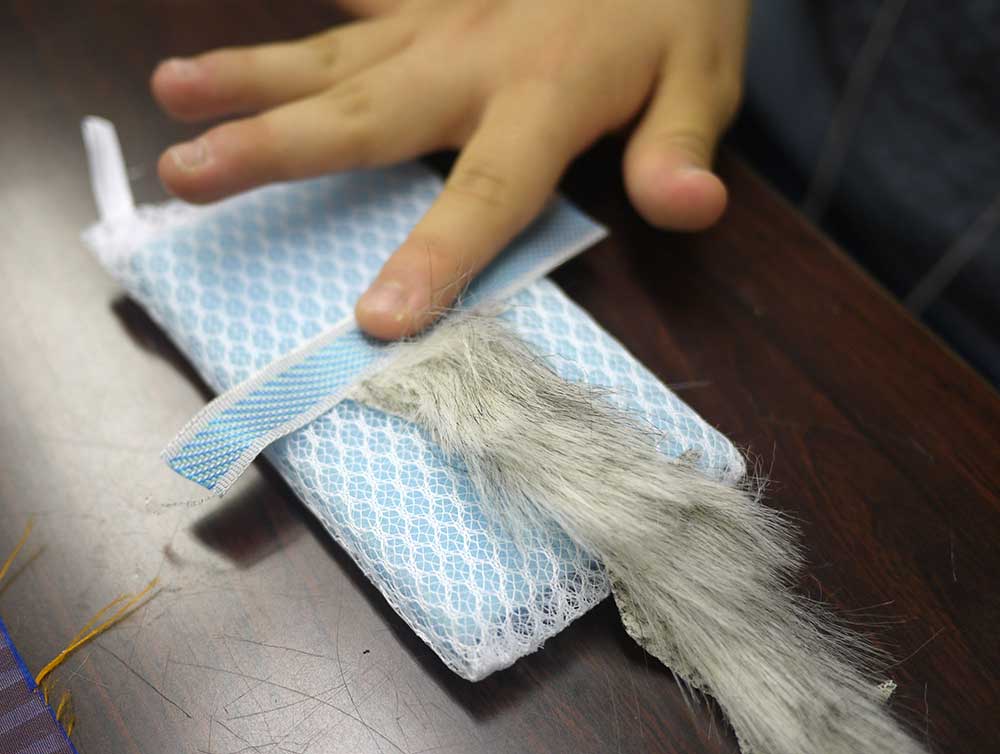
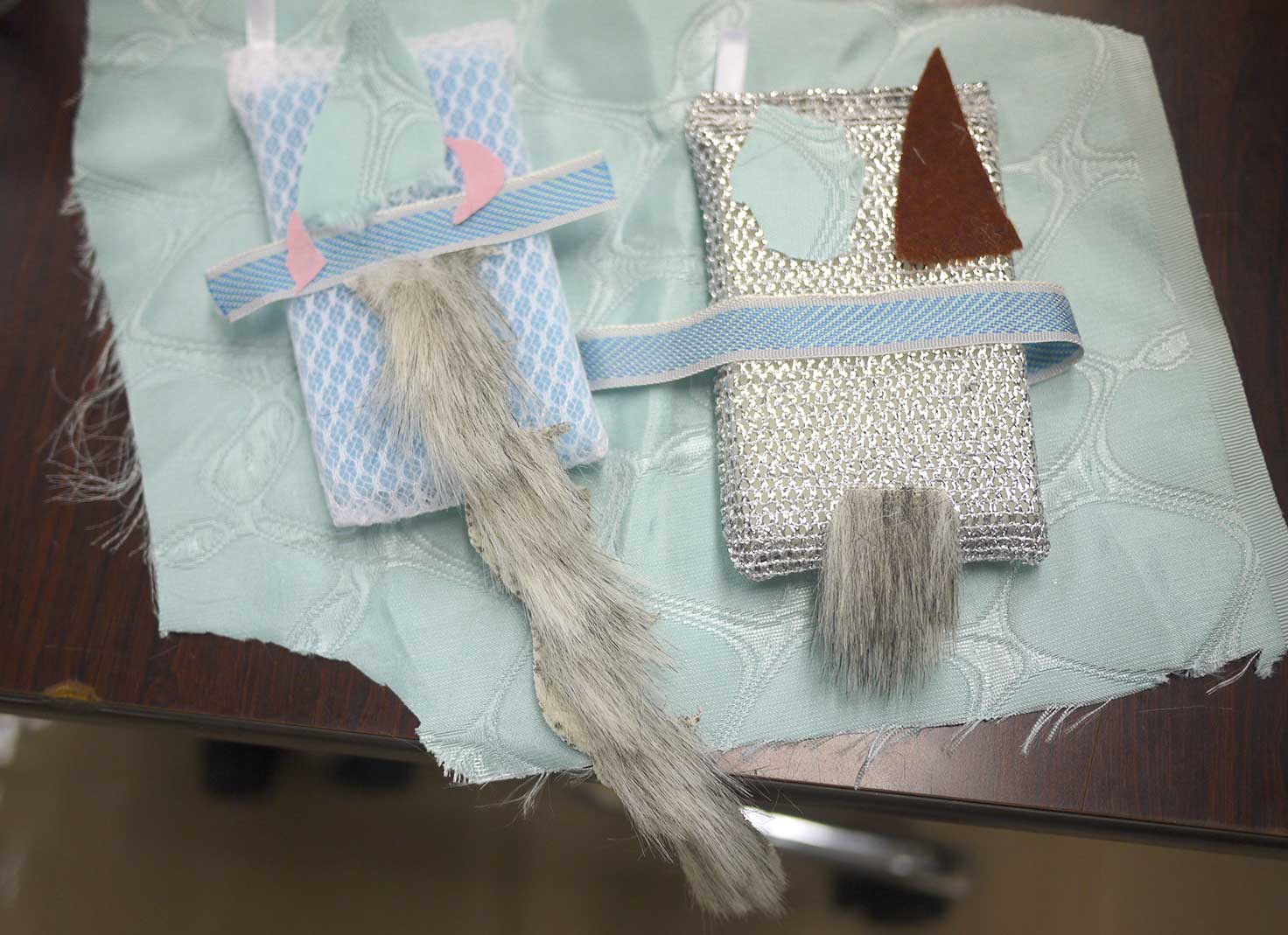
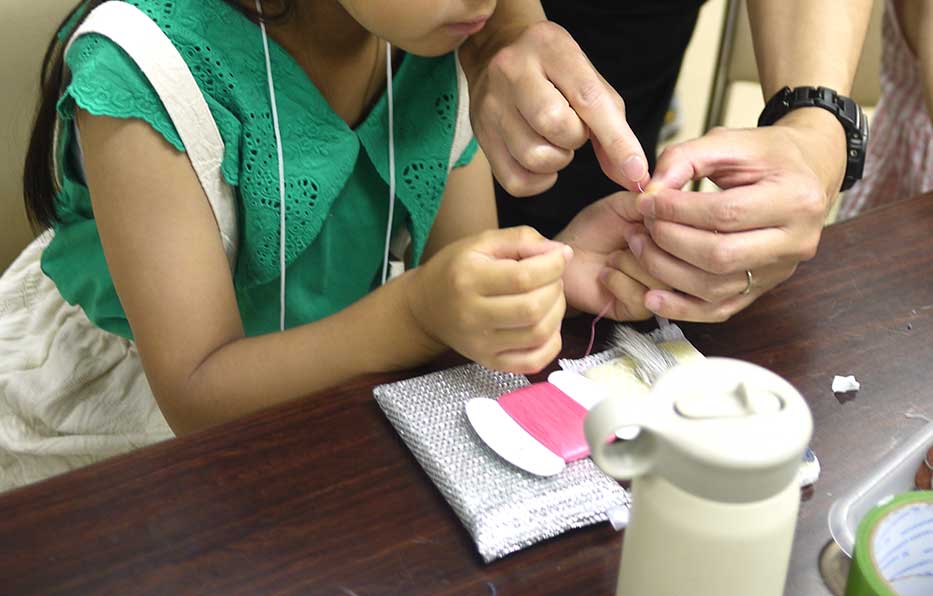
Japan is heaven for a domesticity admirer like myself. The array of useful domestic paraphernalia like various types of cloths, hooks, nets, packaging material and containers had me in awe. I had picked up several packages of sponges, they appealed to me with their uniformity, squishiness, and colour variety. I had made some experiments with sponges at the Kura house residency, and then decided to invite the workshop participants to play with these everyday materials.
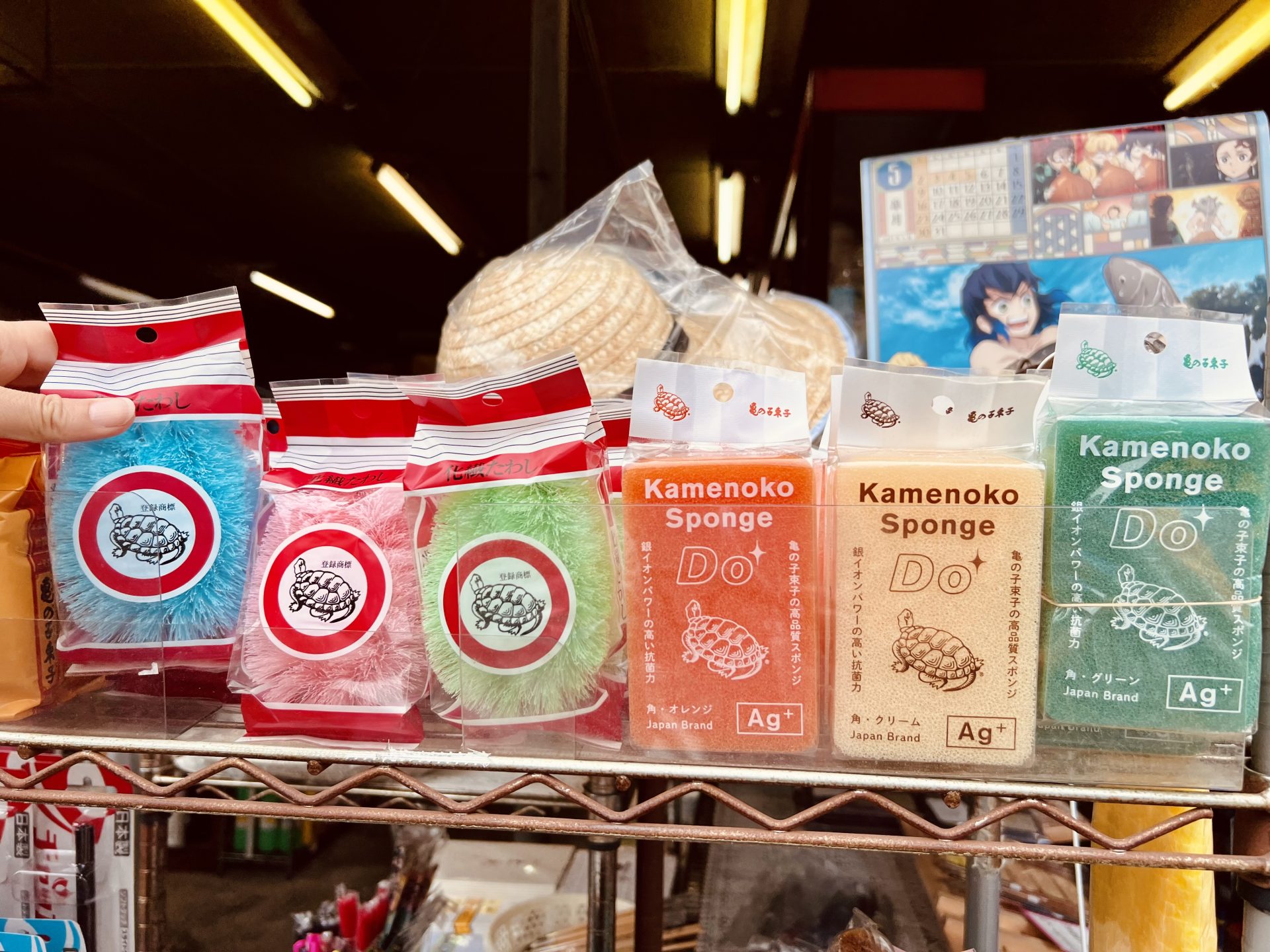
I also visited and held a class in a Group Home “Sora to Umi” (The Sky and the Sea) in Funabashi, Chiba run by Jizokai, which includes a day center and a community living for persons for whom constant care is required. Here I asked the participants to look out of the window, remember their morning walk, or just imagine their own magical forest. Using donate leftover kimono fabrics and plants grown at the facility, the group made their books.
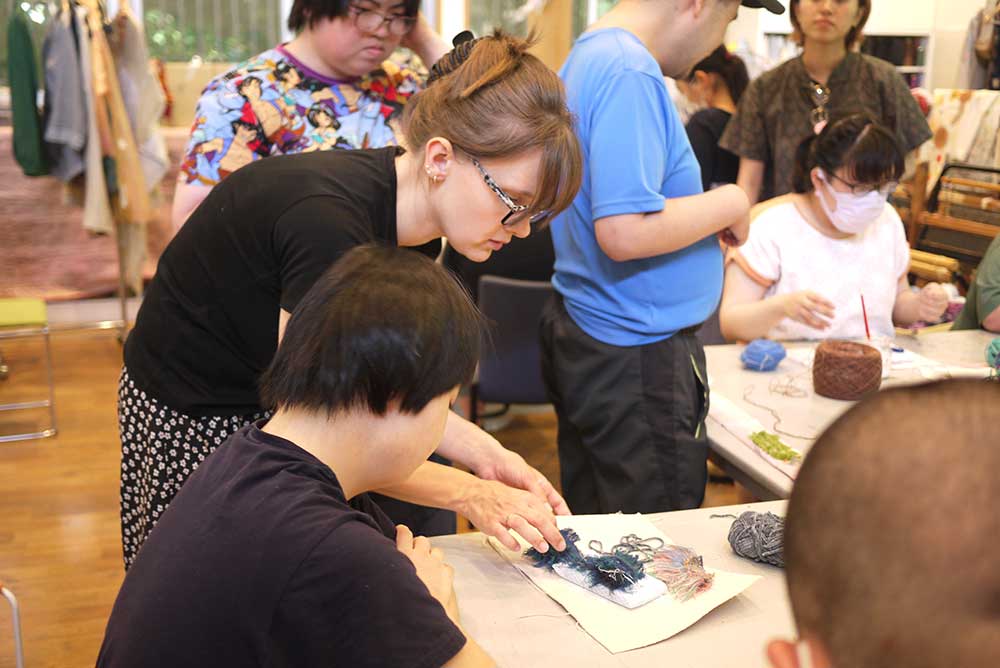
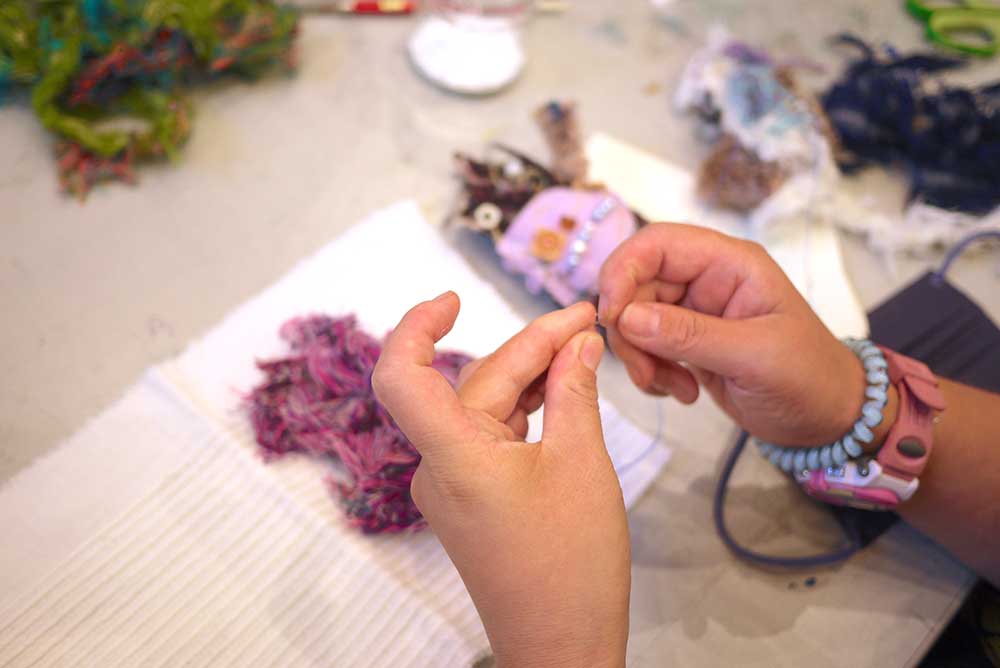
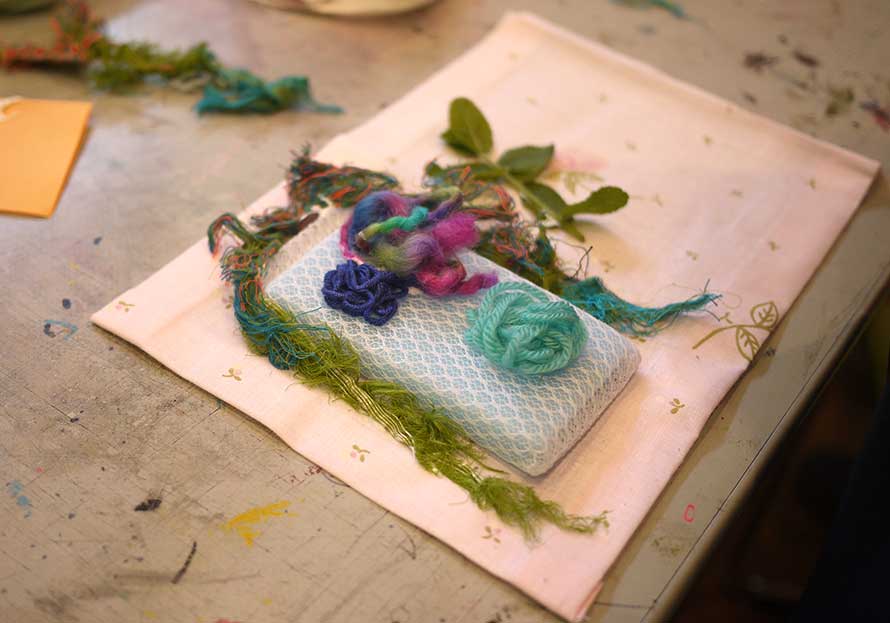
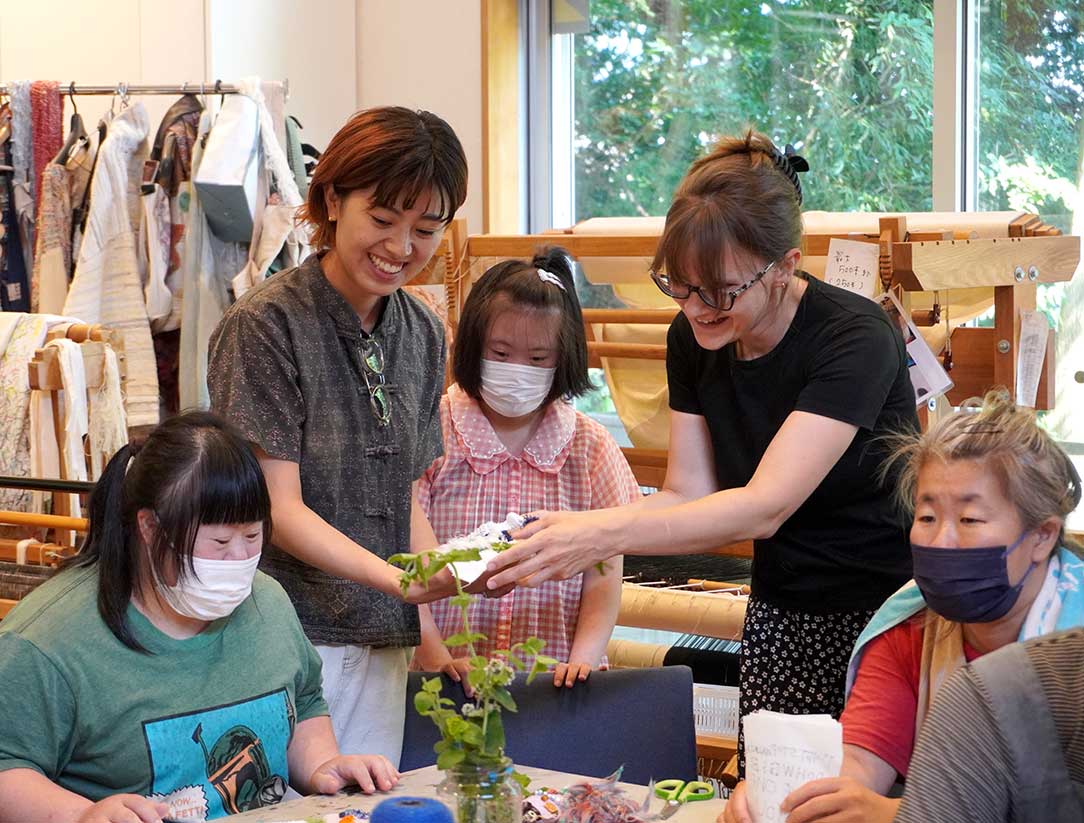
Thanks to the hospitality of AIT during the residency I had met artists working with incarcerated persons. For example, I was very excited to be part of the group visiting Tama juvenile training school and we held a discussion with the founders of an upcoming artistic project that celebrates the 100 years since the establishment of the correctional institution for young men.
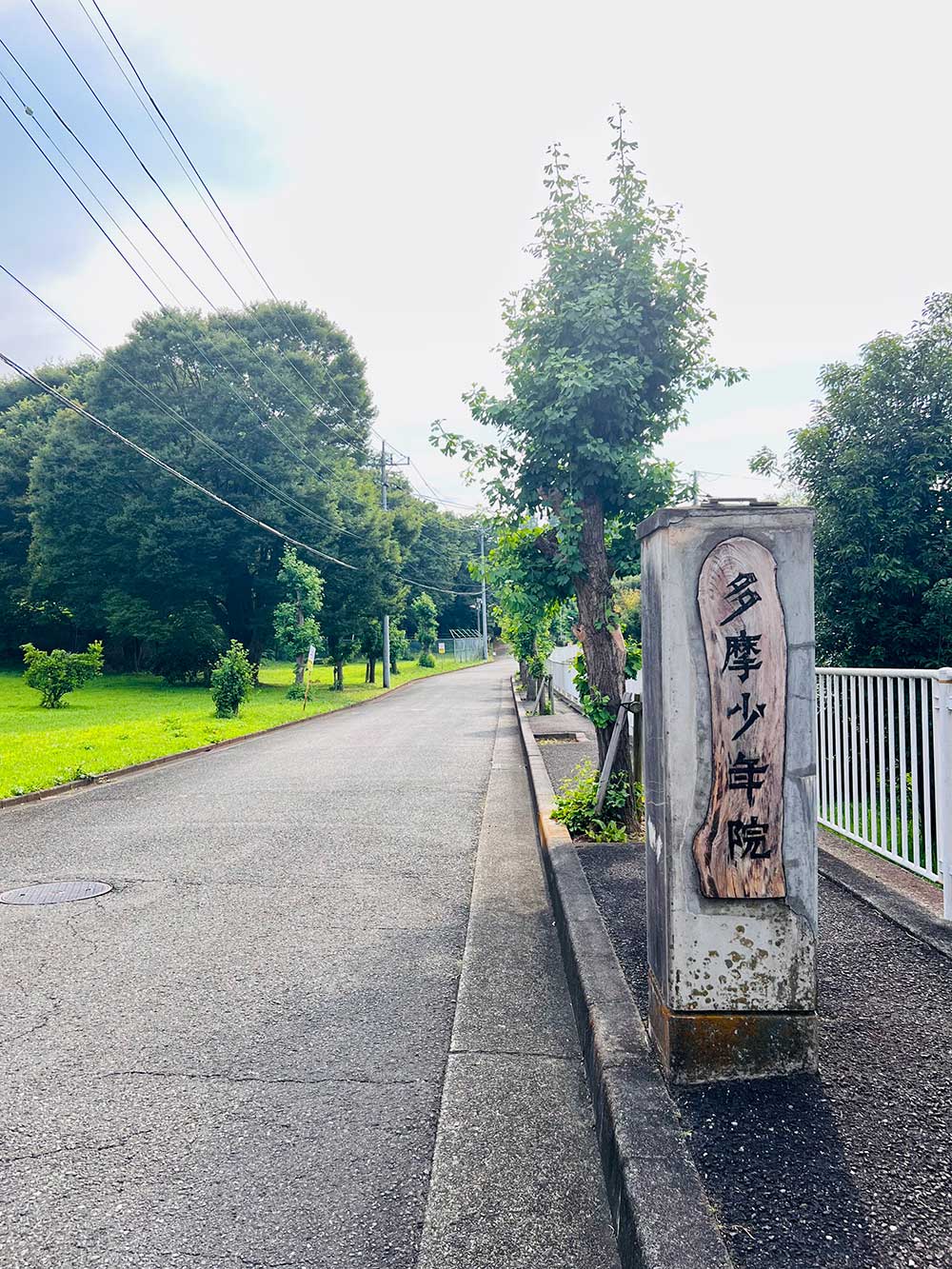
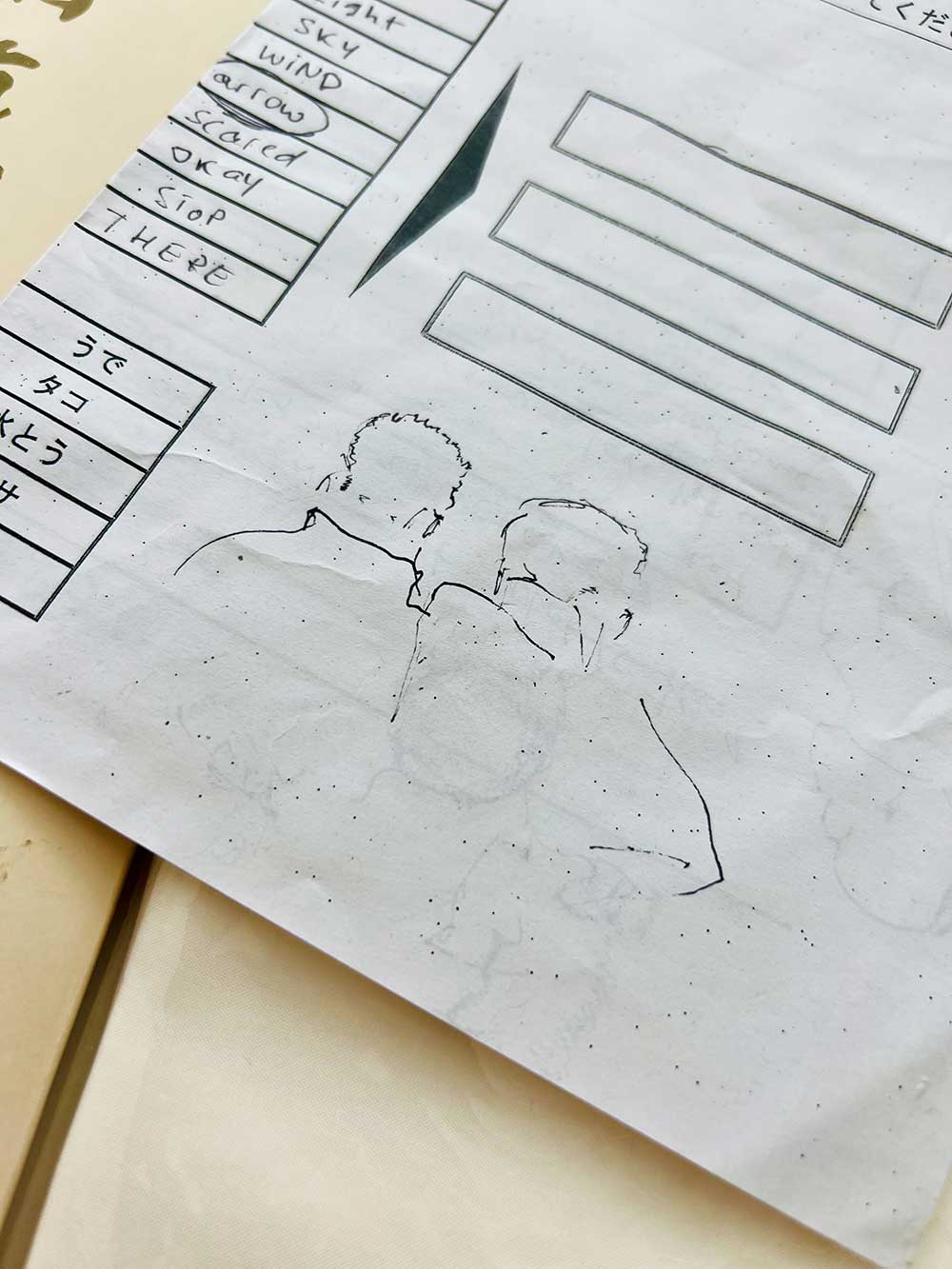
It was wonderful to meet women artists, peers such as Mitobira project who works with incarcerated women. Pioneers in design, craft, technology, it seems that Japan has recently begun to open to socially-engaged creative practices that invite persons living in institutions. It is an exciting time for those artists who have worked hard for many years to make these changes happen.
Mitobira project is one example of such innovation. They offer training and opportunity to sell products designed and produced by incarcerated women. The clothing is a fusion of traditional Japanese fabric with a western design twist. They are stylish and they are quality. Please see their website here https://3tobira.or.jp/
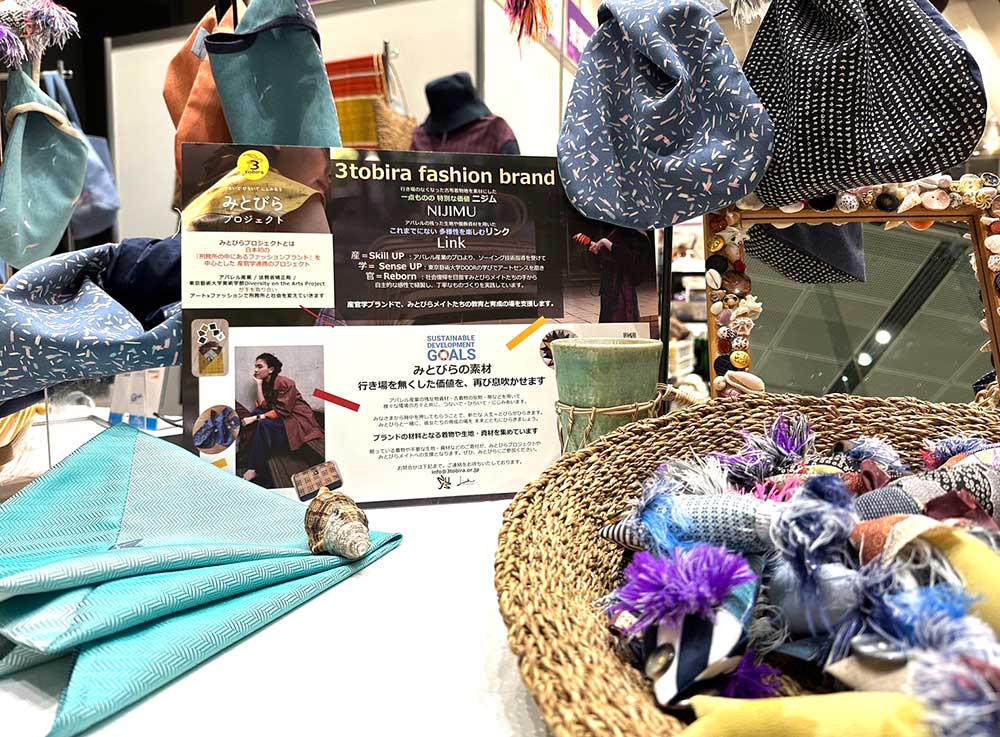
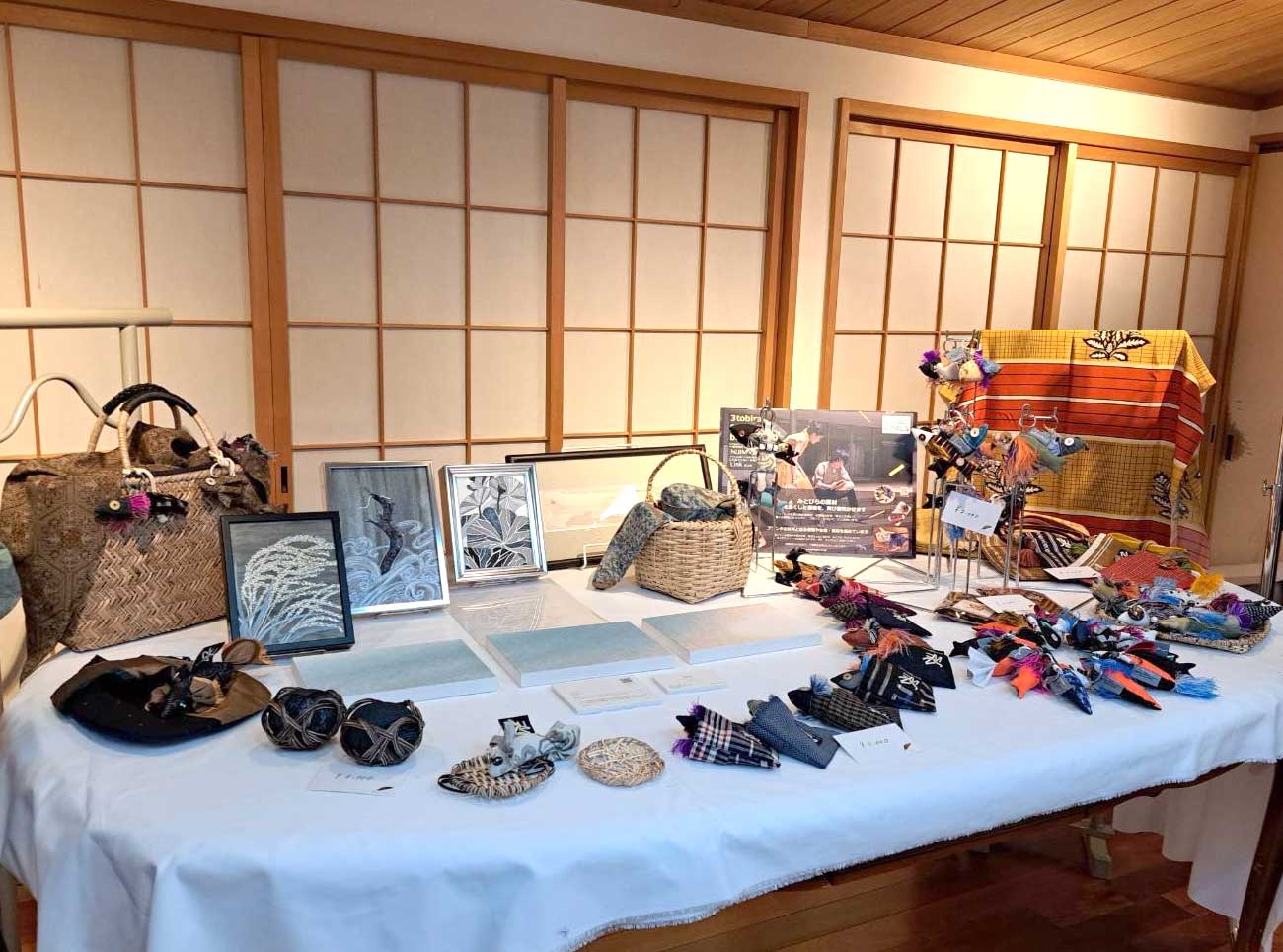
This project is an example of women’s solidarity: “Many people return to crime because they don’t have the money to start when they enter the workforce. Those who serve short sentences do not receive adequate training. They are useless when they enter society. At Mitobira, women are encouraged to improve their sewing skills. I want them to be skilled enough. I want them to make it their job from now on.“ – Makiko Matsuo, project co-director.
The residency was the most inspiring. Even though I found it quite difficult to think in the 40 degrees heat, the environment itself, the weather, the humidity have offered new perspectives on my practice. My ongoing interest in living spaces and in the interior furnishing of residencies has led me to a new research project which explores preparation for natural disasters.
In the future I am hoping to continue the collaboration both with AIT and with Tama training school and create a connection between young persons in Finland and in Japan.
Having spent 2 months in Japan I have admired the multitasking of the people I met, who manage to apply their energy in a variety of different directions and outputs. I am very inspired and have been trying to follow their example.
I am very grateful to the team at AIT to for being so welcoming to me and my family and open to my ideas. I appreciate immensely also the time that my peers took to meet with me and allow me a glimpse into their art and thinking.
Anastasia Artemeva
RESIDENCY とは?
RESIDENCY
Through collaborations with overseas cultural institutions and foundations, AIT invites artists and researchers working in multidisciplinary fields to Japan, and creates opportunities for international exchange with the aim of sharing knowledge and experience.
